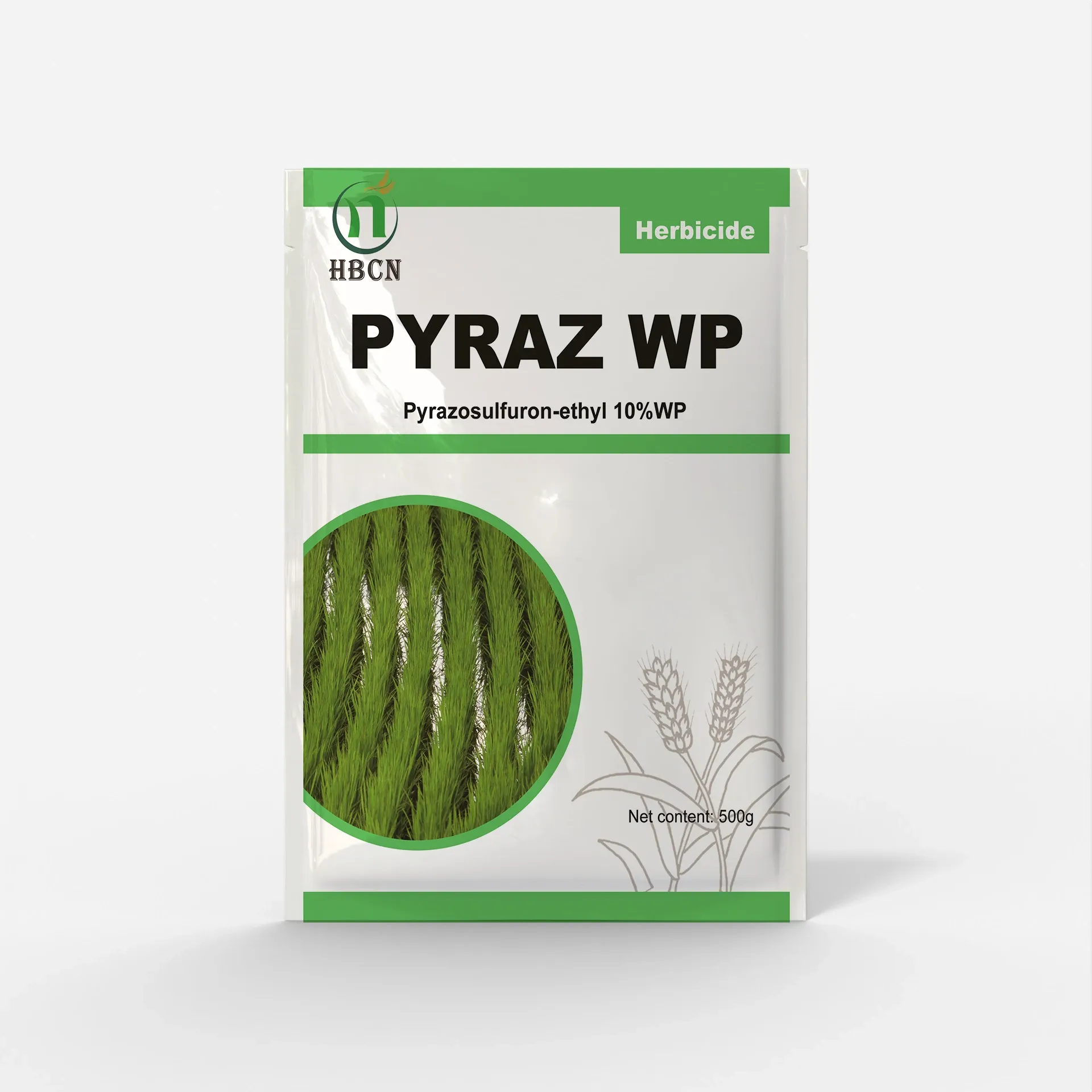
Jul . 03, 2025 14:58 Back to list
Acetochlor Herbicide Compatibility with Soybean Crops
Soybean farmers are constantly seeking effective herbicides to protect their crops from invasive weeds while ensuring the health and yield of their plants. Among the myriad of options available, acetochlor herbicide has emerged as a popular pre-emergent solution. Its compatibility with soybean crops, combined with its ability to control a broad spectrum of weeds, makes it a staple in modern agriculture. However, questions often arise about its interaction with other herbicides like All Clear herbicide and clover herbicide. This article explores the science behind acetochlor herbicide, its synergies or conflicts with other products, and practical insights for farmers.

Understanding Acetochlor Herbicide and Its Role in Soybean Crop Protection
Acetochlor herbicide is a selective, pre-emergent herbicide widely used in soybean farming. It works by inhibiting weed seed germination, targeting grasses and broadleaf weeds before they compete with crops for nutrients. Its popularity stems from its residual activity, which provides extended protection during the critical early growth stages of soybeans.
One of the key advantages of acetochlor herbicide is its compatibility with soybean crops. Unlike some herbicides that may cause phytotoxicity, acetochlor herbicide is formulated to minimize damage to soybeans when applied correctly. Farmers must follow label instructions regarding application rates and timing—typically before soybean emergence—to avoid crop injury.
Research highlights its effectiveness against common soybean weeds like waterhemp, lambsquarters, and foxtail. However, acetochlor herbicide is less effective against established weeds, emphasizing the need for timely application. For farmers dealing with persistent clover infestations, integrating clover herbicide into their strategy may be necessary.
All Clear Herbicide vs. Acetochlor Herbicide: Choosing the Right Tool for Soybean Fields
When comparing All Clear herbicide and acetochlor herbicide, understanding their modes of action is critical. All Clear herbicide is a post-emergent, non-selective herbicide often used for burn-down applications to eliminate existing weeds before planting. In contrast, acetochlor herbicide is a pre-emergent solution designed to prevent weed emergence.
For soybean growers, the choice depends on their field’s weed pressure. All Clear herbicide offers rapid control of visible weeds but lacks residual activity. This makes it ideal for clearing fields pre-planting but necessitates additional herbicides like acetochlor herbicide for long-term protection. Combining both products can be effective: All Clear herbicide removes existing vegetation, while acetochlor herbicide prevents new weeds from sprouting.
However, overlapping applications require caution. Farmers must ensure proper intervals between using All Clear herbicide and planting soybeans to avoid residual harm to crops.
Managing Clover Infestations: Can Clover Herbicide Coexist with Acetochlor?
Clover, while beneficial as a cover crop, can become invasive in soybean fields, competing for resources. Clover herbicide products specifically target clover species without harming soybeans. But how do they interact with acetochlor herbicide?
Acetochlor herbicide primarily focuses on annual grasses and broadleaf weeds, offering limited control over perennial clovers. In fields with significant clover pressure, pairing clover herbicide with acetochlor herbicide may be necessary. The key is timing: acetochlor herbicide should be applied pre-emergent, while clover herbicide is often used post-emergent.
Tank-mixing these herbicides can be risky without proper testing. Farmers should consult compatibility charts or conduct jar tests to avoid chemical reactions that reduce efficacy. When used sequentially, acetochlor herbicide and clover herbicide create a robust defense against diverse weed species.
FAQs About Acetochlor Herbicide and Its Compatibility
What Are the Advantages of Using Acetochlor Herbicide Over Other Herbicides Like All Clear or Clover Herbicides?
Acetochlor herbicide excels as a pre-emergent solution, offering long-lasting residual control that All Clear herbicide (a post-emergent product) cannot provide. While clover herbicide targets specific weeds, acetochlor herbicide offers broader protection, reducing the need for multiple applications.
Can I Apply Acetochlor Herbicide If I’ve Already Used Clover Herbicide in My Soybean Field?
Yes, but timing matters. Apply clover herbicide post-emergent to tackle existing clover, followed by acetochlor herbicide as a pre-emergent for future weed prevention. Always observe label guidelines to avoid crop stress.
How Does Acetochlor Herbicide Ensure Soybean Safety While Controlling Weeds?
Acetochlor herbicide is formulated with soybean tolerance in mind. Its selective action targets weed cell division without affecting soybean seedlings when applied correctly at recommended rates.
Is All Clear Herbicide Compatible with Acetochlor for Broad-Spectrum Weed Control?
Absolutely. Use All Clear herbicide pre-planting to eliminate existing weeds, then apply acetochlor herbicide post-planting for residual protection. This combination addresses both immediate and future weed threats.
Why Should I Choose Acetochlor Herbicide for Long-Term Clover Management in Soybeans?
While acetochlor herbicide isn’t a standalone solution for clover, its residual activity reduces overall weed pressure, making follow-up applications of clover herbicide more effective and less frequent.
Acetochlor herbicide remains a cornerstone of soybean weed management due to its reliability and compatibility. When paired strategically with All Clear herbicide for burn-down or clover herbicide for targeted control, farmers can achieve cleaner fields and higher yields. By understanding these interactions, growers maximize efficiency, minimize costs, and foster sustainable practices. Always consult local guidelines and conduct small-scale trials to optimize results.
-
Thiamethoxam Half-Life in Soil and Water
NewsAug.04,2025
-
The Role of Carbendazim in Modern Agriculture
NewsAug.04,2025
-
The Mode of Action of Myclobutanil in Plant Protection
NewsAug.04,2025
-
How to Safely Use Insecticides at Home
NewsAug.04,2025
-
How Temperature Affects Boscalid's Performance
NewsAug.04,2025
-
Benefits of Using Thiram Seed Treatment in Agriculture
NewsAug.04,2025
